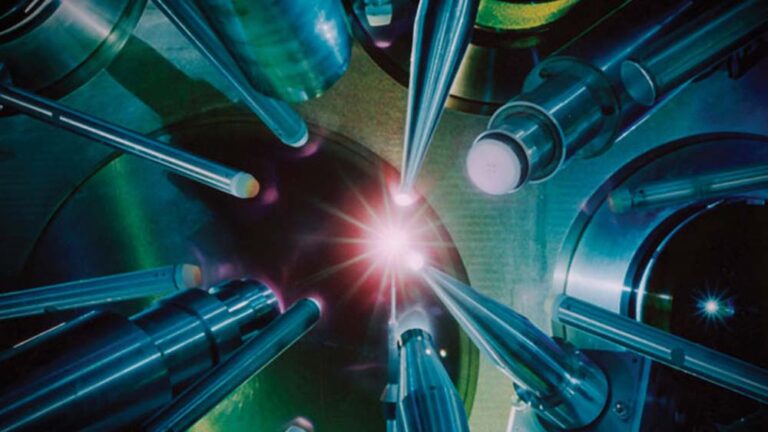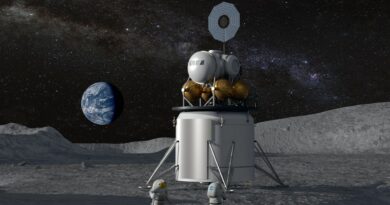
A (Nuclear) Fusion Future? Closer Than You Think
By Kieran Burt.
In December 2022, the head of the US Department of Energy announced that a fusion reaction that took place in the Lawrence Livermore National Laboratory in California produced more energy than was put into causing the reaction. This is an astonishing breakthrough in the effort to make nuclear fusion commercially viable.
Making nuclear fusion commercially viable is incredibly difficult. This type of reaction, where atoms are smashed together, is the way that the sun makes power. The gravitational field inside the sun’s core is what makes this possible, But here on Earth, the process is much more difficult.
“Monday, December 5, 2022 was an important day in science,” Jill Hruby, the National Nuclear Security Administration Administrator, said at a press conference announcing the news in Washington D.C. “Reaching ignition in a controlled fusion experiment is an achievement that has come after more than 60 years of global research, development, engineering and experimentation.”
Reaching ignition means that the reaction produced more energy than the laser energy that was used to drive the reaction. The laser used two units of energy, and got about three units back.
Nuclear fusion has a long history. First theorised in the 1930s by scientist Hans Bethe, scientists across the globe have been trying to achieve controlled fusion, and when that first happened in 1958, they turned to trying to achieve it with a net positive energy result. This pursuit has taken 64 years.
The method that the Lawrence Livermore National Laboratory uses is called inertial confinement. Doctor Elmar Slikboer, a physics lecturer at Nottingham Trent University (NTU), explains this “is where the reactor takes small pellets of fuel, and has lasers pointed into it, heating it up. When these pellets implode, a fusion reaction will happen, and create energy.”
There are lots of advantages to nuclear fusion. It doesn’t produce massive amounts of nuclear waste or other environmentally damaging products, and there is no chance of a nuclear meltdown like at Chernobyl.
An important one is that the resources it uses are easy to obtain. One of the isotopes of hydrogen, deuterium, is found in water. Tritium on the other hand is harder to get, but can be created. “You’re not going to run out of fuel. So it’s a plus on what’s called the security of supply issue.” says Doctor Nick Evans, a physics lecturer at NTU.
He continues, saying nuclear fusion can’t be weaponized. “There would be no possible correlation between building a fusion reactor and nuclear weapons.”
Despite this, challenges remain. The process is still extremely costly, and the report by 60 minutes highlights the issue of scale. The lab takes about one shot per day, but if it was a commercial reactor then it would need to take ten shots every second to provide enough energy. The energy gained from the reaction would also need to be raised by a factor of 100.
“No commercial fusion reactor has yet been made,” says Nick.
Across the Atlantic ocean, the UK also had some important news regarding nuclear fusion. In October 2022, the UK government announced the location of the first prototype nuclear fusion power plant. The location of the site will be West Burton, Nottinghamshire.
The UK Atomic Energy Authority will aim to produce a Spherical Tokamak for Energy Production concept by 2024, with the UK government providing £200 million in funding for the first phase. The plant is aiming to be constructed by 2040.
The plant there will use a slightly different method to the experiment in the US. Elmar explains that this is called magnetic confinement.
“We give these particles energy so that they move a lot, and they get close to each other. But we have to give them so much energy that they become a giant ball of plasma.
“And the plasma doesn’t want to be together unfortunately. So with magnetic fields we can keep them in their place without them going further apart.”
This is the method that will take place inside the West Burton plant, using a S.T.E.P. chamber, which stands for the Spherical Tokamak for Energy Production. This chamber is like a hollowed out apple, and will house the plasma. The Tokamak are the powerful magnetic fields keeping the plasma in place, allowing the fusion to happen.
Nick is positive on fusion’s future. He calls it “a panacea,” saying it’s “the Holy Grail of limitless fuel.”



